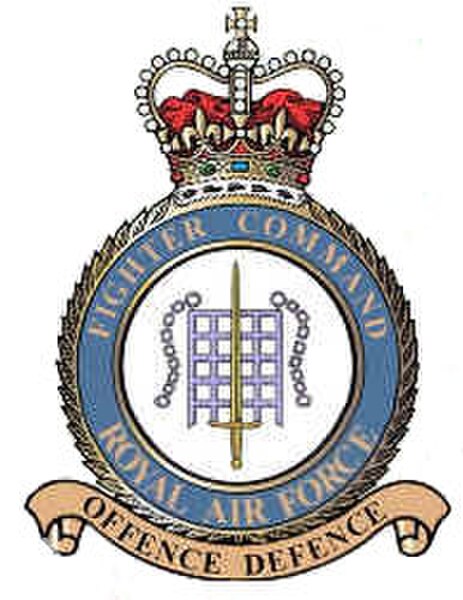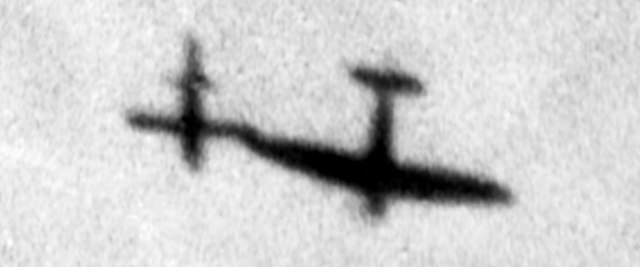Air Chief Marshal Hugh Caswall Tremenheere Dowding, 1st Baron Dowding, was an officer in the Royal Air Force. He was Air Officer Commanding RAF Fighter Command during the Battle of Britain and is generally credited with playing a crucial role in Britain's defence, and hence, the defeat of Operation Sea Lion, Adolf Hitler's plan to invade Britain.
Lord Dowding
Queen Elizabeth and King George VI with Dowding in 1940
Dowding (in the Bowler hat) with some of The Few
Lord Dowding laying the foundation stone of the RAF chapel, now known as St. George's Chapel of Remembrance, at RAF Biggin Hill in 1951
RAF Fighter Command was one of the commands of the Royal Air Force. It was formed in 1936 to allow more specialised control of fighter aircraft. It served throughout the Second World War. It earned near-immortal fame during the Battle of Britain in 1940, when the Few held off the Luftwaffe attack on Britain. The Command continued until 17 November 1943, when it was disbanded and the RAF fighter force was split into two categories; defence and attack. The defensive force became Air Defence of Great Britain (ADGB) and the offensive force became the RAF Second Tactical Air Force. Air Defence of Great Britain was renamed back to Fighter Command in October 1944 and continued to provide defensive patrols around Great Britain. It was disbanded for the second time in 1968, when it was subsumed into the new Strike Command.
RAF Fighter Command badge
Shot of the fighter pilots of the Polish 303 Squadron, 1940. Foreign fighter squadrons began forming in July 1940.
A Spitfire tipping the wing of a V-1, which disrupted the missile's automatic pilot during Operation Crossbow, 1944.
The supersonic fighter English Electric Lightning, a mainstay of Fighter Command during the Cold War years.








